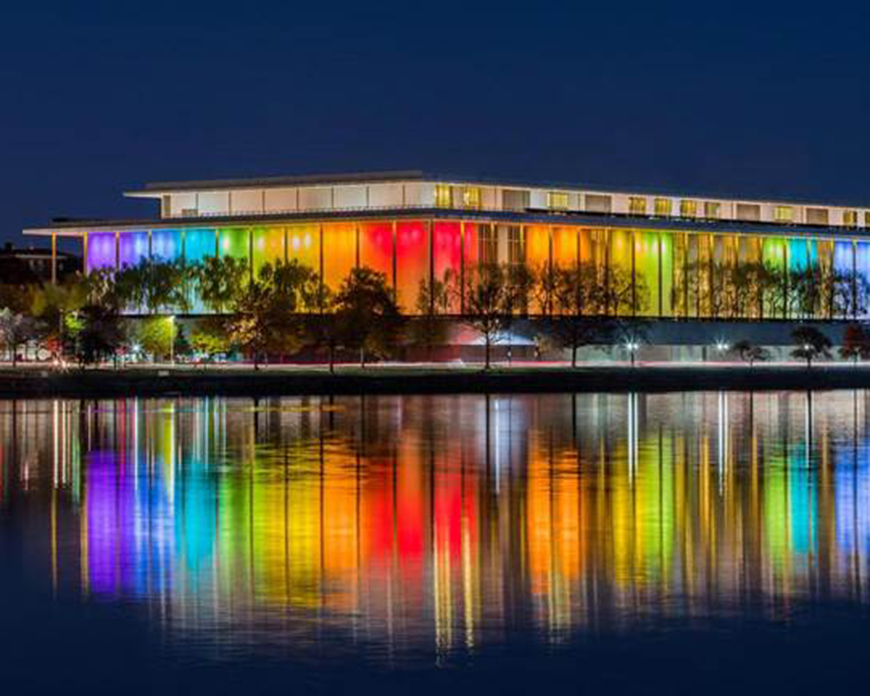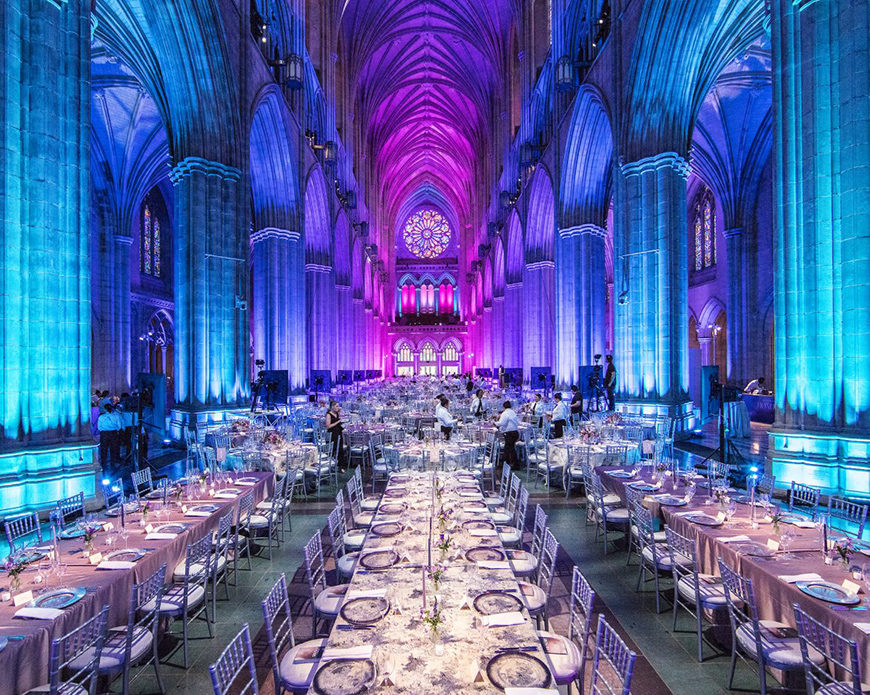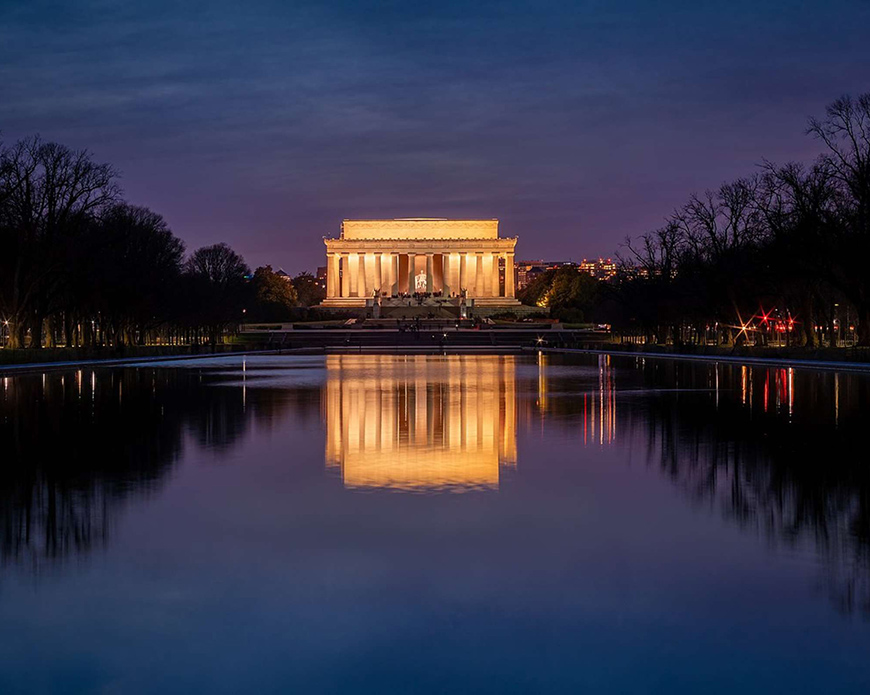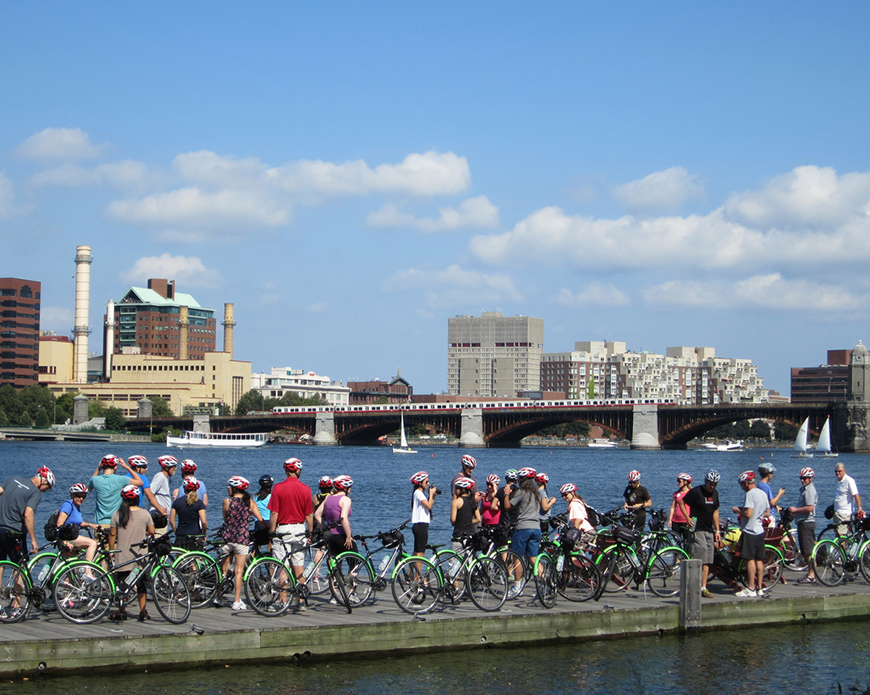I’ll always say that a city by daylight is one chapter—but nighttime tells its own unforgettable story. On a recent extended trip to Washington, D.C., I dedicated three evenings to exploring the capital in moody twilight, followed by recommendations for four additional forays that locals and veteran visitors rave about. With routes, timings, ticketing advice, on-site impressions, pros and cons, and everything in first-person narrative, here’s how I experienced the monuments, the music, and the magic after dark.
🏛️ Three After-Dark Adventures I Personally Undertook
1. Night Walk on the National Mall & Memorials
What I Did & Where:
I started at the Washington Monument Reflecting Pool at twilight, walked past the Lincoln Memorial, across the Tidal Basin toward the Martin Luther King Jr. Memorial, and all the way to the Jefferson Memorial, finishing near the Franklin Delano Roosevelt Memorial by water fountains lit in phases.
How I Got There:
From my Dupont Circle hotel, I took the D.C. Circulator to the Smithsonian stop near Independence Ave SW, arriving just before sunset. Light rail is a great way to drop you near the Lincoln Memorial via Metro Blue or Orange line to Smithsonian, then a moderate walk west along the Mall.
My Experience & Personal Reflections:
As the last pink glow faded behind the Washington Monument, the illuminated obelisk glowed softly across glass‑still water. I paused at the Lincoln steps—no crowds, only the echo of footsteps. Quiet cyclists glided past as I took selfies on the stone ledge overlooking the Potomac. Walking across to the MLK Memorial, the stone quotes caught golden lighting from hidden spotlights. I lingered in silence before heading past cherry trees with blossoms glowing faintly.
The Jefferson Memorial’s white columns glowed reflected in the basin; I arrived around 8:30 pm when tours allow free entry to the interior, where quotes from the Declaration of Independence are inscribed in glowing stone. I found a bench near the three-part waterfall at the Roosevelt Memorial—each pool was illuminated behind sculpted reliefs of war, peace, hope, and nature. The low hum of cicadas mingled with traffic in the distance.
Services & Amenities:
All memorials are public, free to visit, and staffed by park rangers until 11 pm. Restrooms are available at National Mall visitor centers (Smithsonian Castle, FDR Memorial) but close around 10 pm. Water fountains are active until dusk.
Pros:
– Dramatic lighting brings monuments to life in solitude and reflection.
– Fewer crowds than daytime: easier photos, emotional introspection.
– Entire route walkable in 2–3 hours depending on pace.
– Timing entry is free and no reservation needed.
Cons:
– Long walk (about 3 miles total).
– No food vendors open late; bring water.
– Must pay attention to last Metro times (trains may stop after midnight at stations).
Personal Takeaway:
I walked after dinner in Georgetown, reached the Mall at 7:45 pm and walked until about 10:15 pm. The absence of noise made the reflections from the monuments feel like silent companions. This was one of the most moving experiences I’ve had—seeing Lincoln’s profile etched in temple architecture under the stars gave me chills. Restful, reverent, magical.
2. Georgetown Waterfront & Live Jazz at Blues Alley
What I Did & Where:
I spent the early evening walking along the Georgetown waterfront, then grabbed dinner at a café. Later, I walked to Blues Alley, a renowned jazz club tucked in a historic carriage house at 1073 Wisconsin Ave NW.
How I Got There:
From Union Station, I took the WMATA Metro Red Line to Foggy Bottom–GWU, then walked down M to K Street, continuing to the waterfront. After dinner, I walked back uphill to the alley: about a mile from the waterfront to the club.
My Experience & Personal Reflections:
Arriving at the waterfront just before sunset, I strolled past boats bobbing in the Potomac, joggers pacing the C&O Canal towpath, and couples gazing at the lights on Key Bridge. I paused at Thompson Boat House dock to watch paddle‑boarders drifting in orange glow.
I had a quick meal at Farmers Fishers Bakers overlooking the water—fresh fish tacos and a glass of rosé. Fortified, I walked toward Blues Alley, which sits in a 19th-century brick courtyard. I arrived at 9:00 pm just in time for the 9:30 set by a local jazz quartet. I’d bought my tickets online in advance via bluesalley.com, paying $35 plus $10 service charge; chairs are assigned but tables fill fast.
Inside, the vaulted low‑ceiling room of wooden beams and plush chairs felt intimate. The clarinet player began a smoky rendition of Body and Soul. I ordered a local microbrew at the bar and sat at a small table near the stage. Performers introduced each tune as a story; the bassist joked with the drummer between numbers. I stayed until after midnight—three sets and a standing ovation.
Services & Amenities:
Blues Alley has full dinner and bar service, accessible restrooms, cloakroom, and strictly controlled seating. Table reservations online offer seat selection; valet parking nearby.
Pros:
– World-class jazz in an iconic D.C. venue.
– Historic atmosphere in a uniquely intimate setting.
– Waterfront adds a scenic walk before and after the show.
Cons:
– Tickets must be booked well in advance for weekend shows.
– Pricing higher ($30–$50 cover plus food/drink).
– Limited space; not wheelchair accessible upstairs.
Personal Takeaway:
I felt as if I’d stepped back into a bygone era—smoke lamps, soulful solos, warm applause. The proximity of the waterfront stroll, dinner, and jazz made for a perfect triple feature. I left with a memory of heartbeat rhythm and lingered until the street outside was quiet and lamplit.
3. Kennedy Center Millennium Stage & Key Bridge Illumination

What I Did & Where:
After dusk I walked to the John F. Kennedy Center for the Performing Arts, located at 2700 F Street NW at the foot of the Key Bridge. I watched a free Millennium Stage concert at 6:00 pm and then strolled the terrace overlooking the Potomac lit in purple-blue.
How I Got There:
From Dupont Circle I walked down M Street, crossed the Key Bridge head‑on. Alternatively, Metro to Foggy Bottom then down F Street. The bridge vistas are best done on foot.
My Experience & Personal Reflections:
I arrived around 5:45 pm—just in time to claim a seat in the Pavilion. That evening’s Millennium Stage featured a folk quartet from Appalachia. The free 60-minute concert started at precisely 6:00 pm—Katrina, the lead singer, shared songs passed down from her grandfather. Before the crowd even arrived, the sunset behind the Lincoln Memorial cast long silhouettes of the audience on the terrace.
After the concert, I walked outside onto the Terrace Level, where sweeping views of the Potomac, the Key Bridge, and Virginia hills gleamed. Beneath me, the bridge’s blue lights reflected on the water. I sipped a coffee from the ice bar café and chatted briefly with tourists who’d come from the Water Taxi dock.
As night deepened, the building’s façade lit up in colored LEDs synchronized with music from the nearby TV broadcast. I watched reflections ripple, and at 8 pm, an evening dance troupe gave a spontaneous pop‑up performance on the terrace—thumping feet and live cello.
Services & Amenities:
Free shows nightly at 6 pm (Millennium Stage series). Restrooms inside lobby, full café, gift shop, and visitor assistance desk. Tablets available for complimentary building tours starting on the half-hour.
Pros:
– Memorable free performance with Potomac views.
– Architectural and performance artistry blended in public space.
– Security is excellent; feels safe even late.
Cons:
– Some evenings get cold on the terrace—breeze off the river.
– Concerts are standing-room inside; seating limited.
– Terrace closes at 10 pm.
Personal Takeaway:
Walking into the Kennedy Center at dusk felt like entering a sanctuary of arts and architecture. Listening to Appalachian tunes while looking at monuments across the river—a surreal mix of culture, peace, and geography. I listened until the last echo of cello faded, then grabbed a late-night metro ride home.
🌟 Four Additional Nighttime Experiences I Highly Recommend
4. Tidal Basin Paddleboat & Cherry Blossom Moonlit Tour
Why It’s Recommended:
During spring bloom season (late March to early April), Tidal Basin paddleboats are offered under moonlight hours—organized through Paddle Boats of D.C., with tickets sold via TicketLeap or their own website. Cost ~ $45 per boat (up to four people).
Pros:
– Magical reflection of memorials at moonrise—softly lit by lamps and moonlight.
– Scenic, peaceful glide under cherry trees.
– Smaller crowd experience.
Cons:
– Weather depends on the season; cold water breezes.
– Paddleboat availability limited—book early.
I haven’t done this myself yet, but I’ve spoken to couples who raved about 9 pm rides near Jefferson Memorial—photos with blossoms against water at night made them feel they were floating inside a fairytale.
5. U Street Corridor Live Music Crawl
Why It’s Recommended:
Follow the route from Ben’s Chili Bowl to 9:30 Club, stopping at dive bars and jazz venues like the Twins Jazz, Pearl Street Warehouse, and Lincoln Theatre. Shuttles or Metro get you there (Green/Yellow Line to U Street Station).
Pros:
– Embraces D.C.’s historically African American entertainment district.
– Range of music: jazz, neo‑soul, spoken word, rock.
– Bar and live performance ambiance into early morning.
Cons:
– Additional cover charges; inconsistent seating.
– Late hours; not ideal for families.
Fellow travel pros say this corridor comes alive after midnight. I’m planning to return next time to catch emerging artists and capsule experiences in historic venues.
6. Georgetown Ghost & Lights Walking Tour
Why It’s Recommended:
Tours offered nightly by Ghosts of Georgetown, covering eerie stories, historical homes, and lamplit waterfront views. Cost ~$25, booked on their website or via Viator.
Pros:
– Combines history, storytelling, and architecture in atmospheric evening light.
– Guides dress in period costume; take you off beaten path.
Cons:
– Tour duration ~90 minutes; must walk uneven cobblestones.
– Not ideal for those easily spooked or limited on time.
I regretfully didn’t join because I had already done daytime Georgetown, but friends described glimpsing historic row houses, hearing about hauntings at Sewall-Belmont House, and finishing with chocolate fudge in an old carriage-house café. Highly recommended.
7. National Cathedral Candlelight Concert & Evening Nave Tour
Why It’s Recommended:
On selected evenings, Washington National Cathedral hosts candlelit choral services or organ recitals. Tickets via cathedral.org (~$20). Afterward, visitors can walk through the nave by candle glow and admire stained-glass windows.
Pros:
– Heavenly acoustics and spiritual grandeur after dark.
– See the Cathedral’s interior in a serene, poetic atmosphere.
Cons:
– Services are infrequent, check schedule months in advance.
– Travel time: Cathedral is located in the northwest D.C. residential area (Bethesda Circulator needed or 20-minute Uber).
Although I haven’t yet experienced a candlelit service here, several music-loving travel friends confirmed it as one of D.C.’s most transcendent evenings—singing amid gothic arches under flickering candles.

🔍 Practical Tips Before You Go
Getting Around After Dark:
– Metro runs until midnight or 1 a.m., depending on line—check WMATA schedule.
– Ride‑shares are plentiful; choose Uber or Lyft in D.C. neighborhoods.
– Comfortable walking shoes are essential—many monuments lie miles apart.
Booking Tickets & Savings:
– Many nighttime events are free (Millennium Stage, monuments, memorials).
– Pre-book shows at Blues Alley, ghost tours, cathedral concerts via their official websites or platforms like TicketLeap or Viator.
– Some Georgetown music crawl venues offer combo passes (e.g., Lincoln theatre plus Twins Jazz).
Dress & Preparation:
– Layers recommended: evenings near the waterfront or across the Tidal Basin can be cool.
– Carry a small water bottle or snacks—vending closes early near the Mall.
– Bring a phone with camera night mode or small tripod; memorial lighting photographs beautifully.
🌌 Night in D.C. Is More Than a Scene
Three evenings walking illuminated paths, two nights at music venues, and imagined journeys through water and history—Washington at night feels electric yet soothing. The illuminated monuments speak of power and reflection. The jazz clubs whisper resilience and artistry. The Kennedy Center echoes with performance and architecture.
My favorite personal night was the Mall walk: sublime, almost spiritual in quiet awe. Georgetown’s jazz night blended energy, history, and city pulse. And the Kennedy Center’s free concert with Potomac vistas combined culture and scenescape.
Each optional tour adds its own mood: paddleboats under blossoms, ghost stories in lamplit alleyways, choral resonance in gothic architecture. Together, they form a sensory collage—not just of “Washington monuments” but of Washington emotions at dusk.
If you travel to D.C., don’t just see the capital in daylight. Let it unfold after dark—hushed flame, thoughtful architecture, music that lingers, and water-light reflections on timeless stones.
Take your time. Pause between buildings. Listen. Be part of that after-midnight hush. That’s where the real magic of Washington reveals itself.




